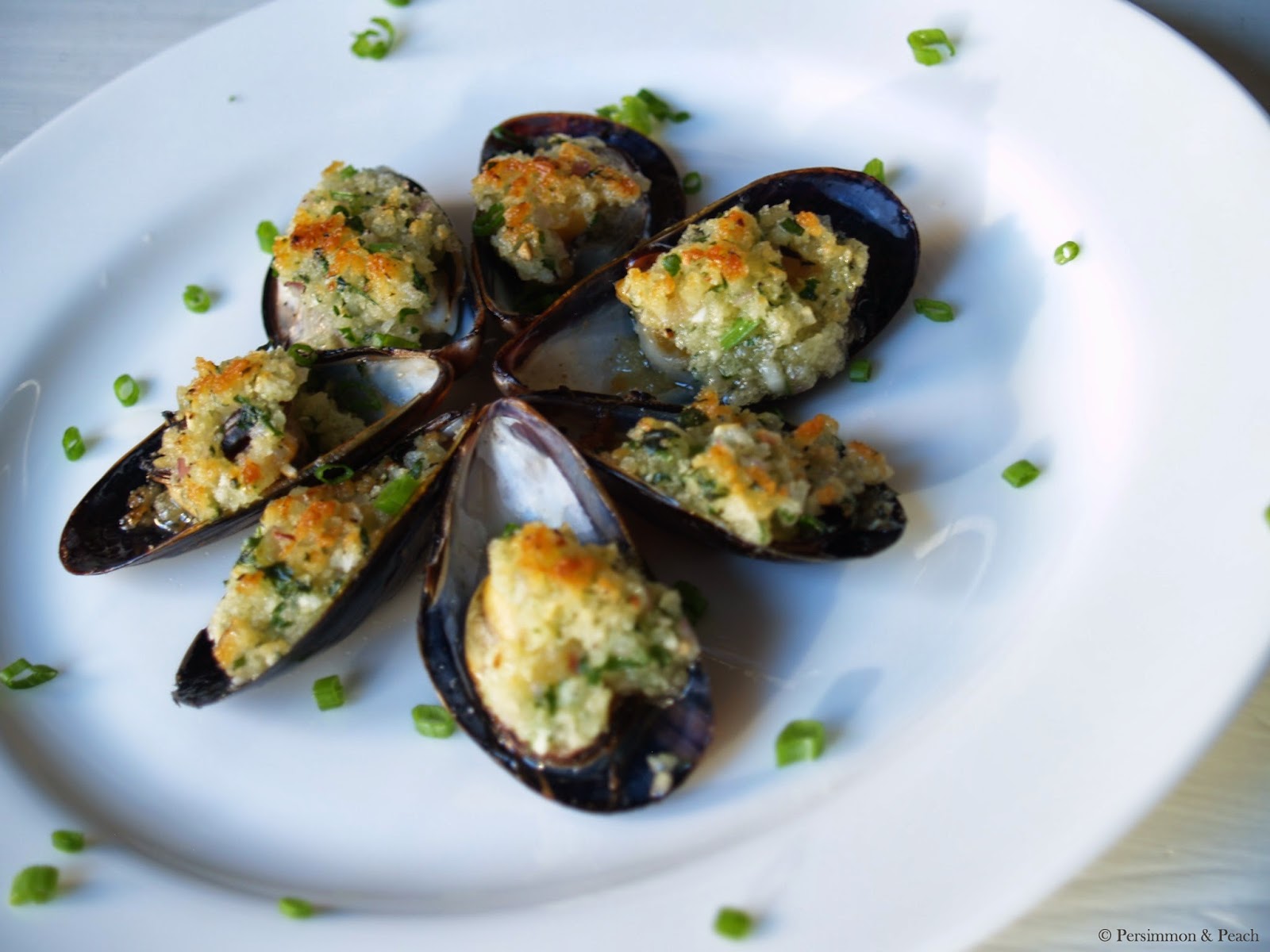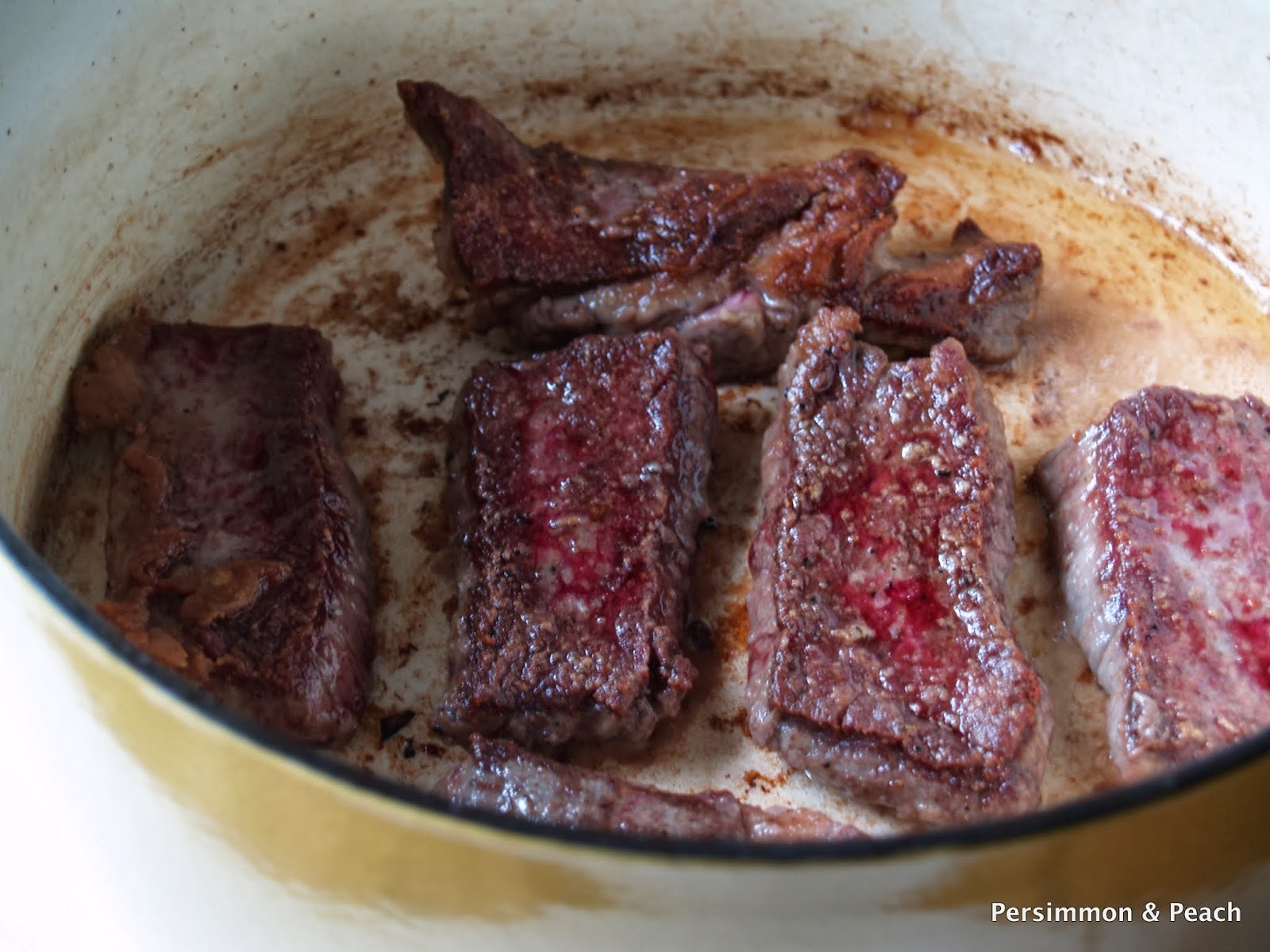 |
| That's me sporting the over-sized chef's toque, second row, third from the left. |
For the better part of the past year, I've been working full time while attending the Professional Culinary Arts program at the International Culinary Center (founded as the French Culinary Institute). It's been an incredible whirlwind of an experience and an unforgettable opportunity to work and learn alongside a talented (and rowdy) bunch of classmates. Not to mention an honor to be taught by world-renowned chefs! However, one of the most exciting parts about finishing school is using the skills I've learned to cook whatever I feel like, without said chefs creeping up behind my shoulders watching my every slice and dice. (I still hear advice and critiques from the chefs in my head, no doubt a lingering — albeit peculiar — side effect of culinary school.)
This week was the first moment I had a chance to come up for air, and frankly, I didn't know what to do with myself. I quickly seem to have forgotten the long list of things I wanted to accomplish post school that started with the familiar phrase, "When I'm finished with school I'm going too______." In reality, I find myself watching obscure documentaries on Netflix and reveling in time well-wasted, for now anyway. I have a huge stack of cookbooks and food magazines that eagerly await my eyes.
Now that my schedule has drastically freed up, I'll to be paying some long-overdue attention to Persimmon & Peach. I hope your summer has been lively and adventurous and I'll see you back here soon!
 |












































